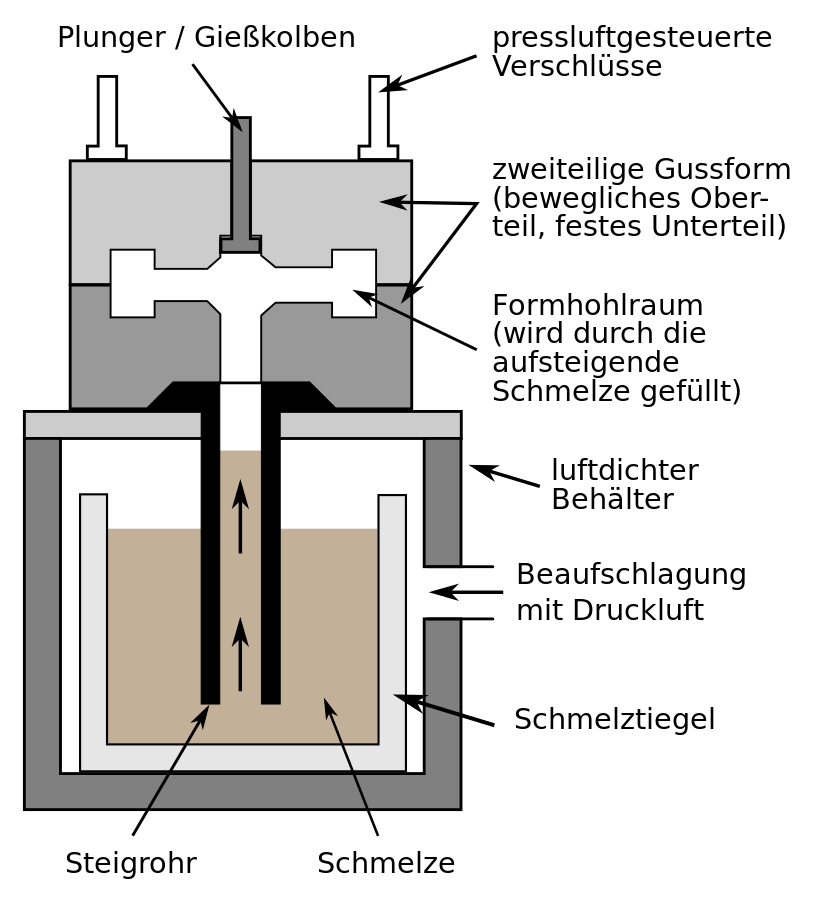Advantages and Disadvantages of Permanent Mold Casting?
Advantages Permanent Mold Casting:
- Several different metals can be cast using permanent molds. Examples are lead, nickel silver, pewter, etc.
- It is easy to make a permanent mold in a large size for casting in batches.
- They can be used to make several casts from one model in a short time.
- Parts with a high degree of accuracy and complexity.
- High accuracy and complexity – the process lends itself to the production of highly accurate and complex parts.
- Fast turnaround – since the process lends itself to the production of multiple parts which are then assembled later, it can produce accurate and complex metal castings within a short period.
- Low cost – the permanent mold casting process is often less expensive than other metal casting processes, such as die casting.
- High quality – the use of molding sand helps to produce high quality castings with a smooth surface finish.
- Permanent molds allow features such as hinges, screw threads etcetera to work without destroying them on removal from inside plaster castings. In addition, they offer an exceptional degree of precision so features such as surface
- Molds are easier to make due to the lower skill required with this casting method.
- There is greater detail in models created using this type of casting.
- It’s possible to create hollow models that would be difficult or impossible to achieve in any other casting process.
- The metal used can be easily melted later on for recycling purposes, rather than having the mold broken and the prototype wasted when it is completed with plaster.
Disadvantages Permanent Mold Casting:
- High costs.
- Low thermal resistance.
- Greater risk of shrinkage cracks.
- Limited size range – parts which must have a high draft to remove them from the mold are not practical.
- Material quality – in general, only good quality material is used for permanent mold casting due to the use of the molding sand. Only certain metals can be effectively cast using this process, such as carbon steels and low alloy steels.
- Low capital investment – an entire set-up does not need to be bought for permanent mold casting. Only individual dies are required.
- High productivity is not possible.



